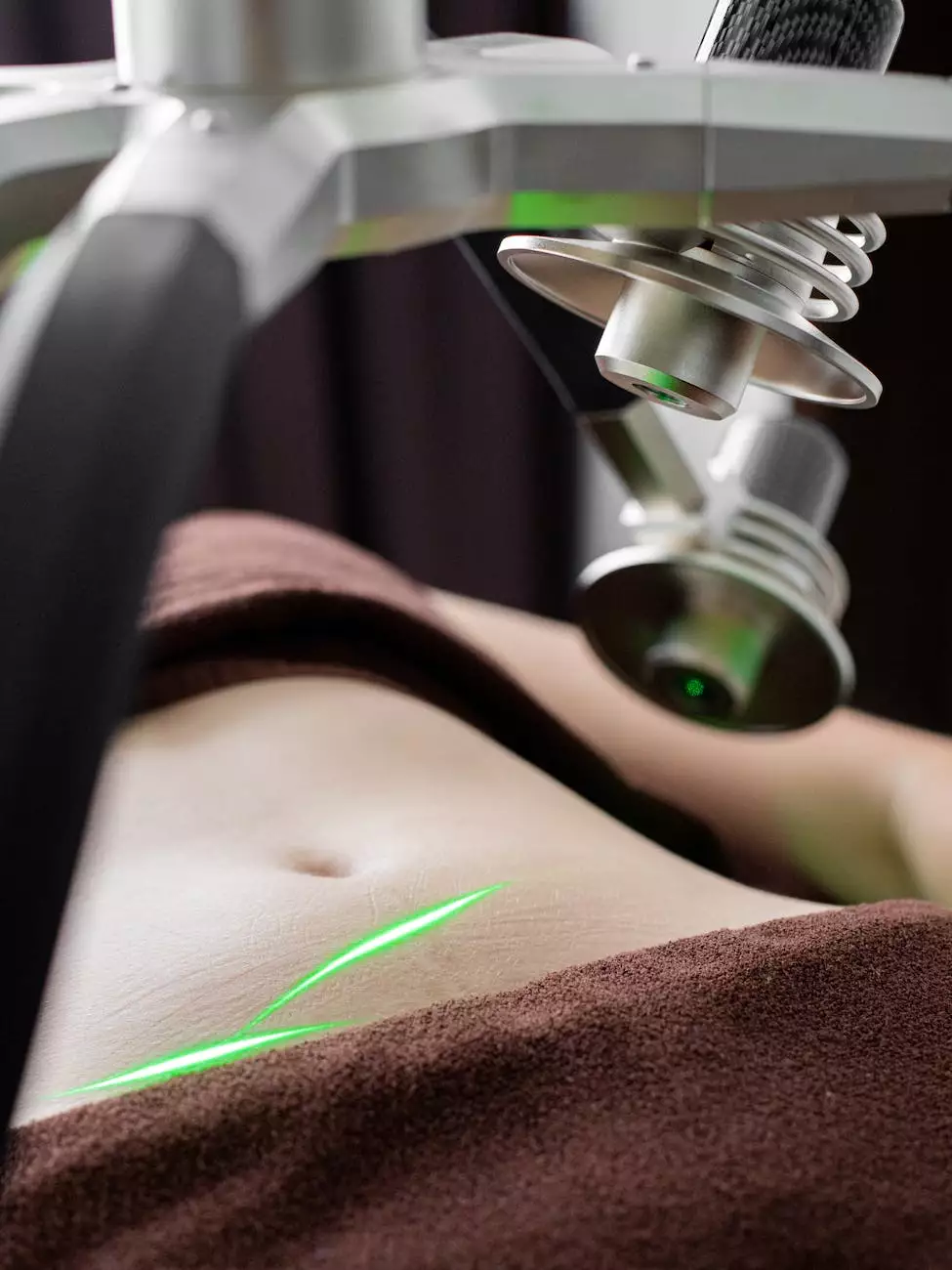When to Treat an Abdominal Aortic Aneurysm

Understanding Abdominal Aortic Aneurysm
An abdominal aortic aneurysm (AAA) is a potentially life-threatening condition characterized by a weak spot in the wall of the aorta, the body's largest artery. If left untreated, it can lead to a rupture that may cause severe internal bleeding and complications. At Greenstem Clinic, we specialize in the diagnosis and treatment of AAA, helping our patients make informed decisions about their health.
Signs and Symptoms of AAA
It is important to recognize the signs and symptoms of an abdominal aortic aneurysm to seek timely intervention. While some people with AAA may remain asymptomatic, others may experience:
- Constant or pulsating abdominal pain
- Back pain
- Deep, gnawing discomfort in the abdomen or lower back
- Visible or palpable pulsation in the abdomen
- Shortness of breath, especially with exertion
- Feeling lightheaded or dizzy
- Sudden, intense, and persistent abdominal or back pain may indicate a ruptured AAA, requiring immediate medical attention.
Factors Contributing to AAA
Several factors can contribute to the development of an abdominal aortic aneurysm. These include:
- Age: AAA is most common in individuals aged 65 and above.
- Gender: Men are at a higher risk of developing AAA compared to women.
- Tobacco use: Smoking increases the risk of AAA development and progression.
- High blood pressure: Uncontrolled hypertension puts additional stress on the arterial walls.
- Atherosclerosis: A buildup of plaque in the arteries can weaken the aortic wall.
- Family history: Having a first-degree relative with AAA increases the risk.
Diagnosis and Treatment Options
If you suspect an abdominal aortic aneurysm or have risk factors, it is crucial to consult with a qualified healthcare professional. At Greenstem Clinic, we offer comprehensive diagnostic procedures to assess the nature and extent of your AAA. These may include:
Imaging Tests
Imaging tests such as ultrasound, computed tomography (CT) scan, and magnetic resonance imaging (MRI) can provide detailed images of the aorta, helping our specialists evaluate the size and location of an aneurysm.
Watchful Waiting
If your AAA is small and not causing symptoms, a watchful waiting approach may be recommended. Regular monitoring through periodic imaging tests helps us track the growth rate and determine the appropriate time for intervention.
Surgical Repair
For larger or rapidly growing aneurysms, surgical intervention may be necessary. At Greenstem Clinic, our experienced surgeons perform both open and minimally invasive endovascular procedures to repair or replace the weakened section of the aorta, reducing the risk of rupture.
Managing Risk Factors
Addressing risk factors such as hypertension, smoking, and high cholesterol levels is crucial in managing and preventing the development of abdominal aortic aneurysm. Our team at Greenstem Clinic provides personalized lifestyle modifications, medications, and ongoing support to help you achieve optimal vascular health.
Trust Greenstem Clinic for AAA Treatment and Care
When it comes to the diagnosis and treatment of abdominal aortic aneurysm, Greenstem Clinic is your trusted partner. Our dedicated team of healthcare professionals combines expertise with compassion to provide individualized care for our patients. Contact us today to schedule a consultation and take control of your vascular health.
Keywords: Greenstem Clinic, abdominal aortic aneurysm, AAA, treatment, diagnosis, symptoms, risk factors, healthcare professional, surgical repair, managing risk factors, Greenstem Clinic consultation, vascular health










